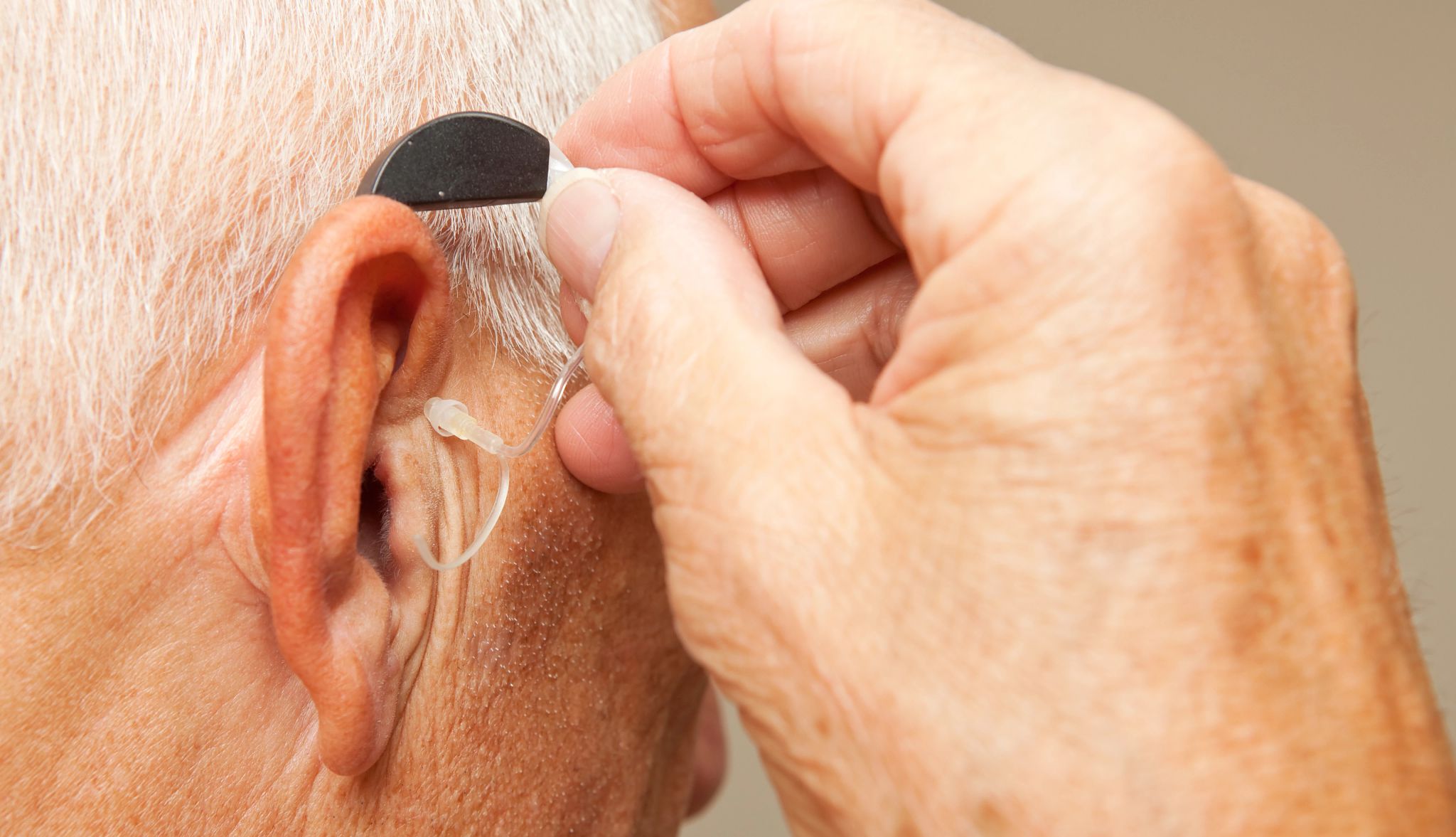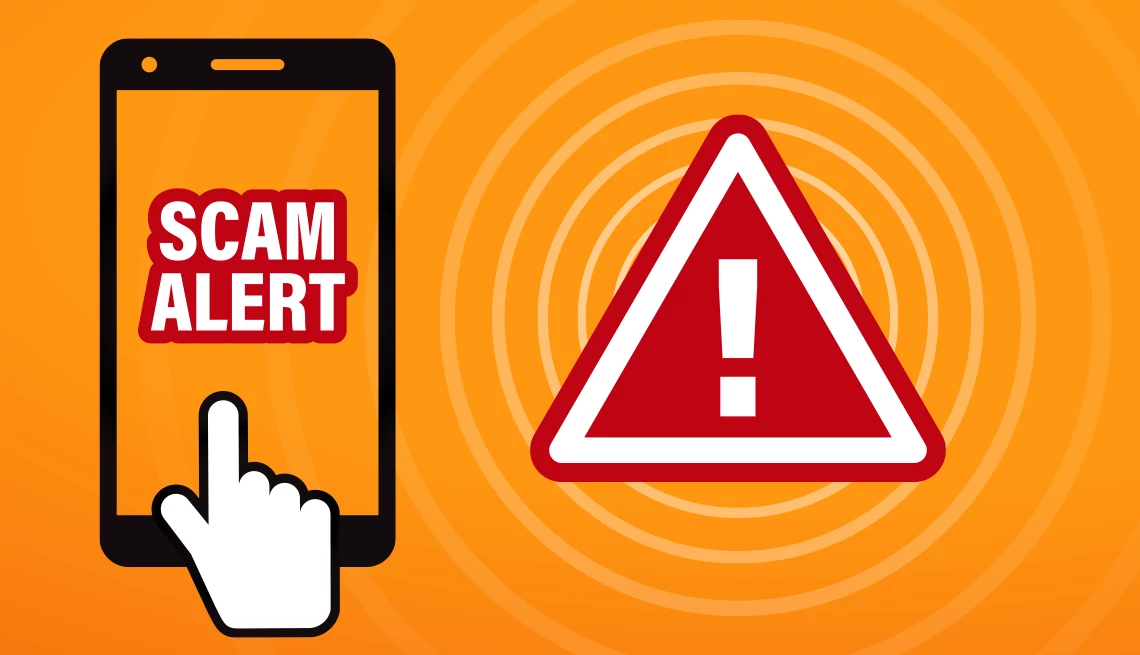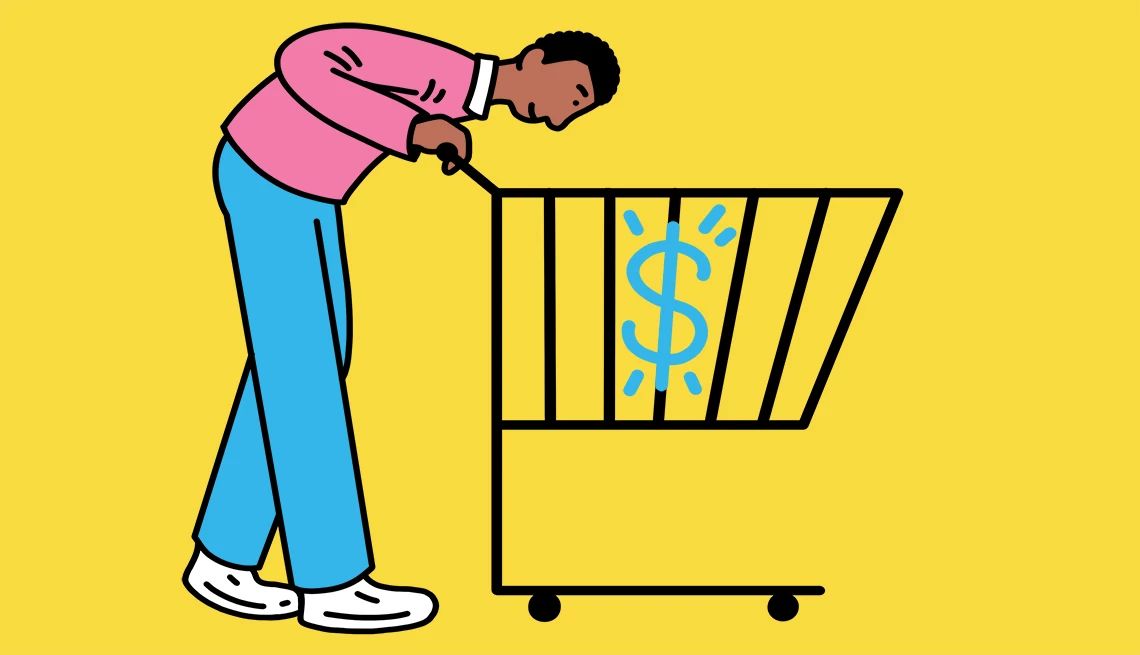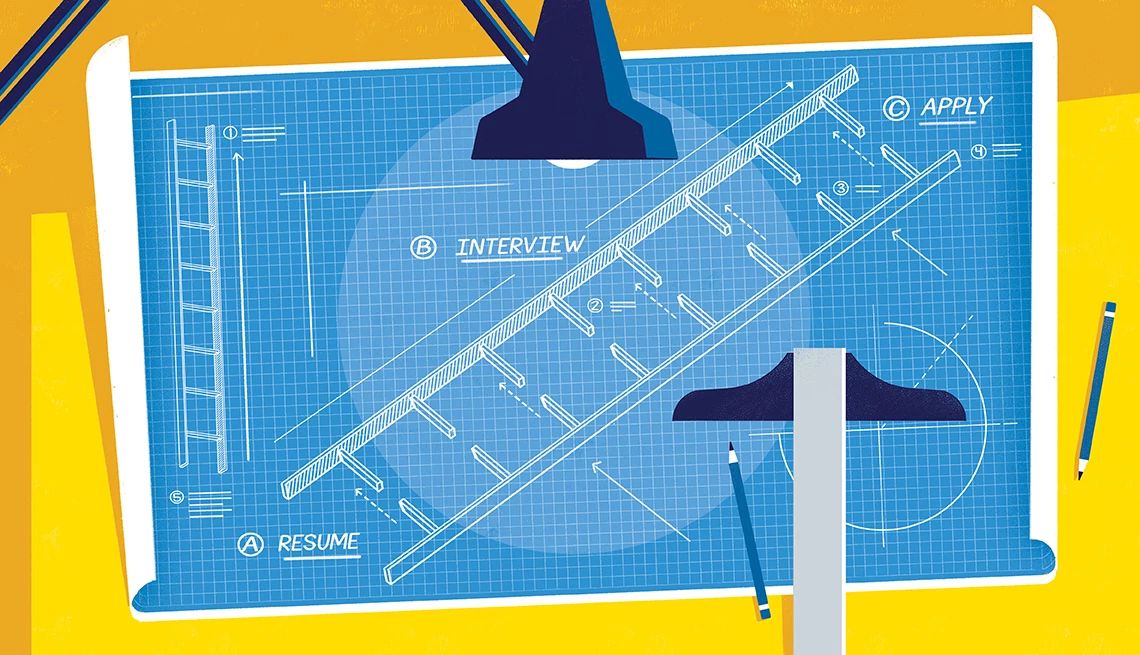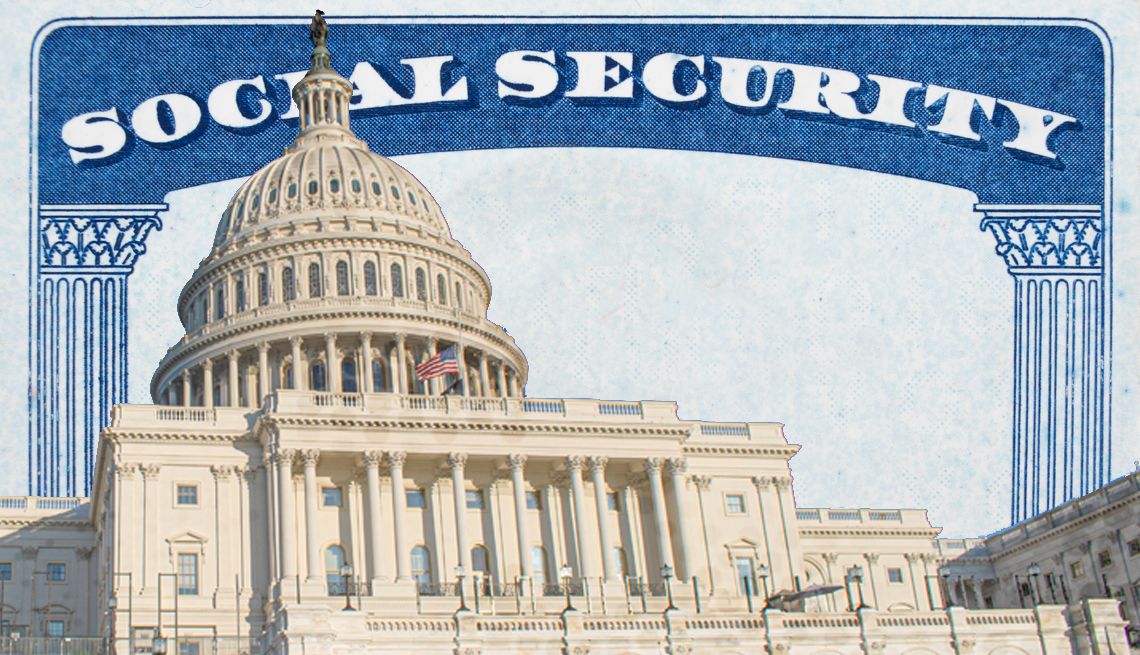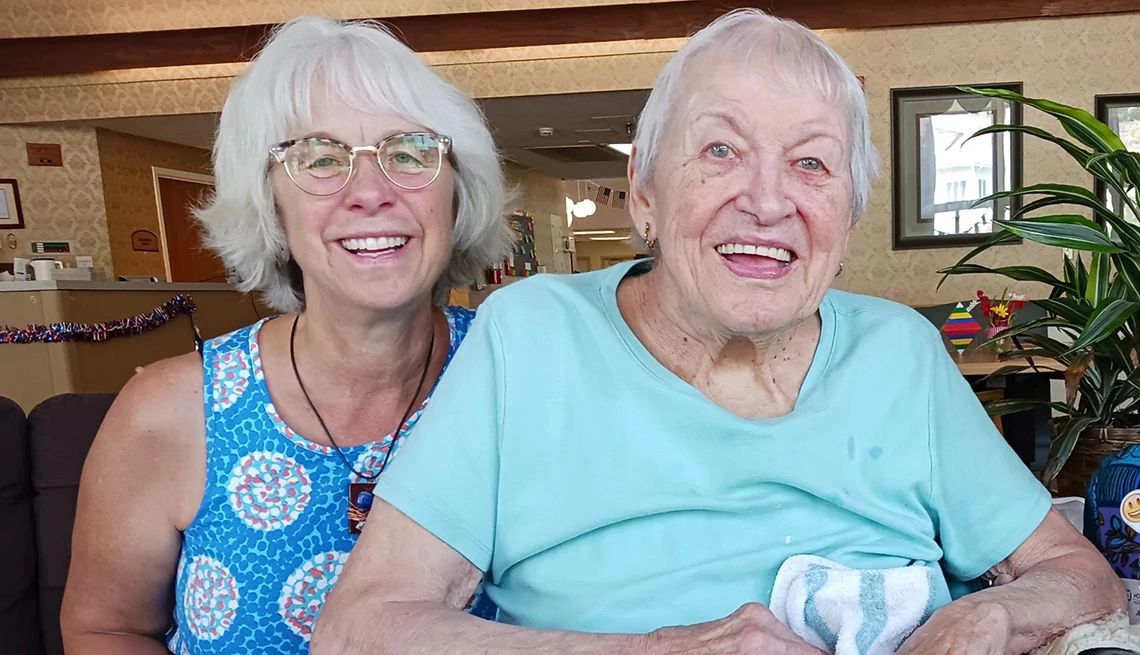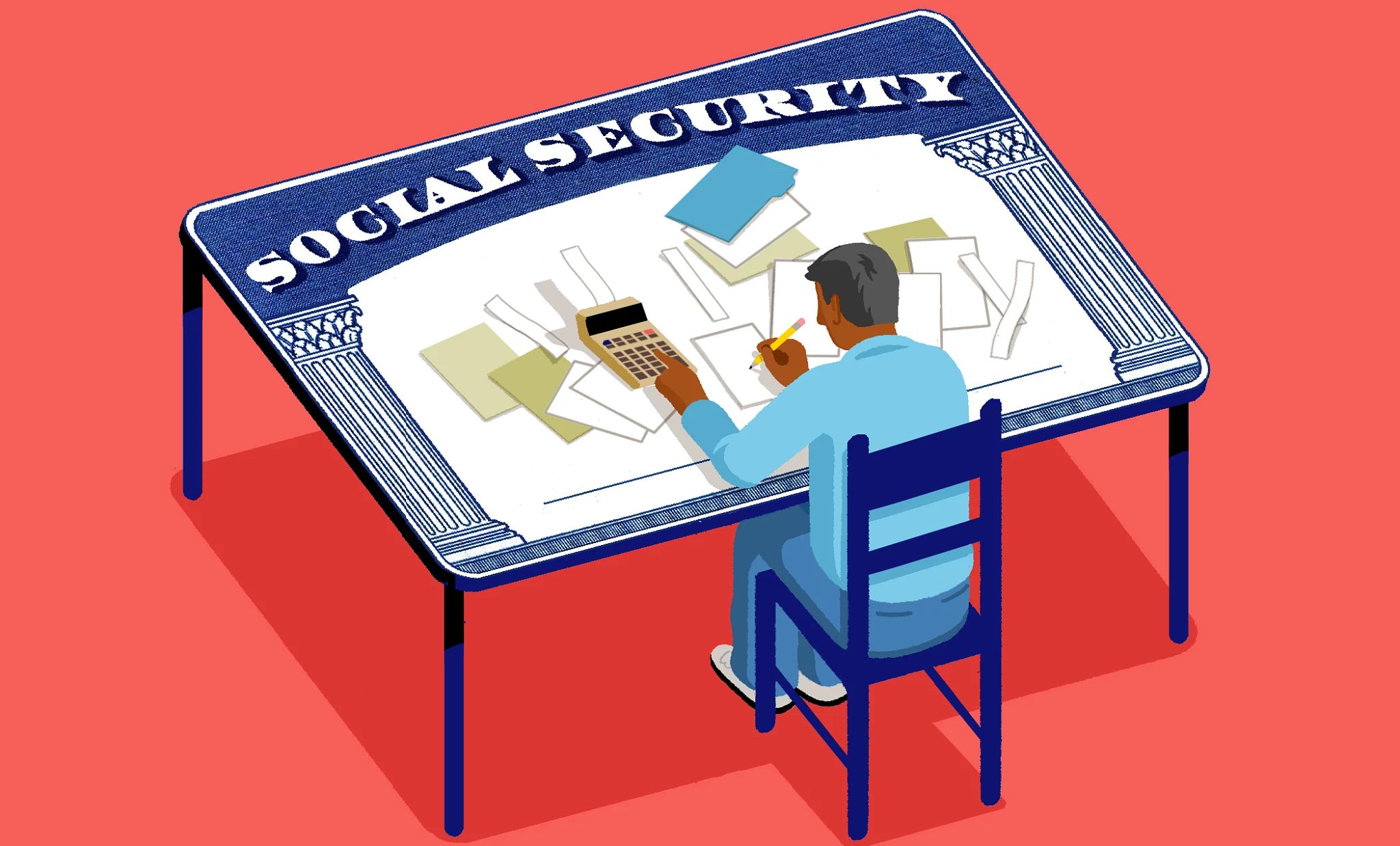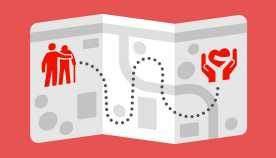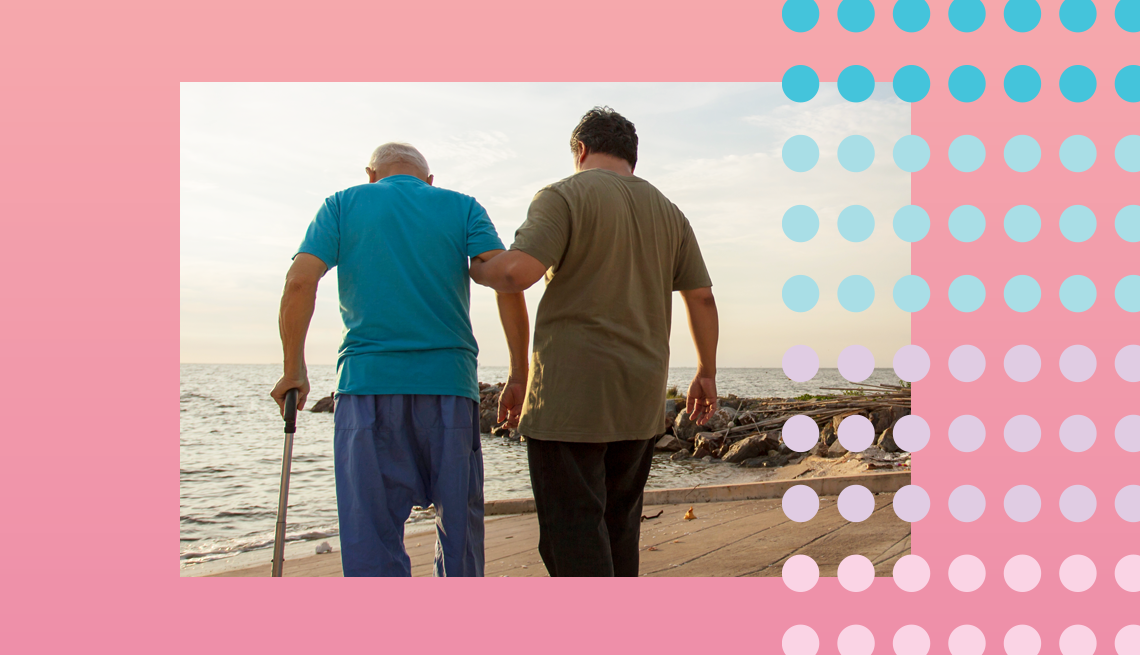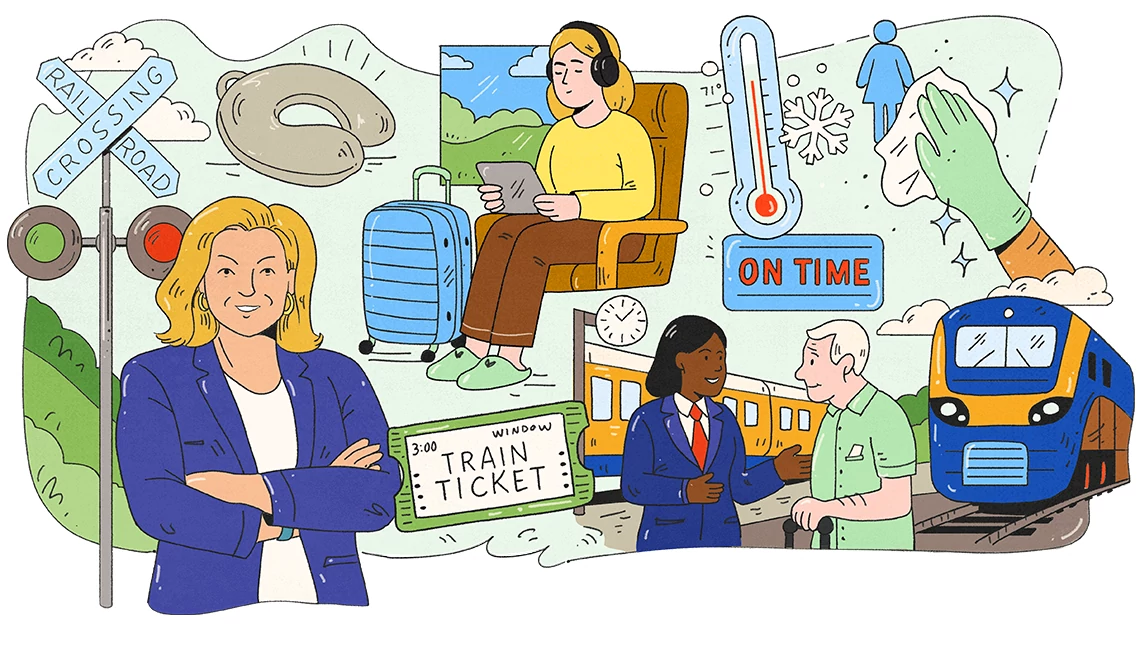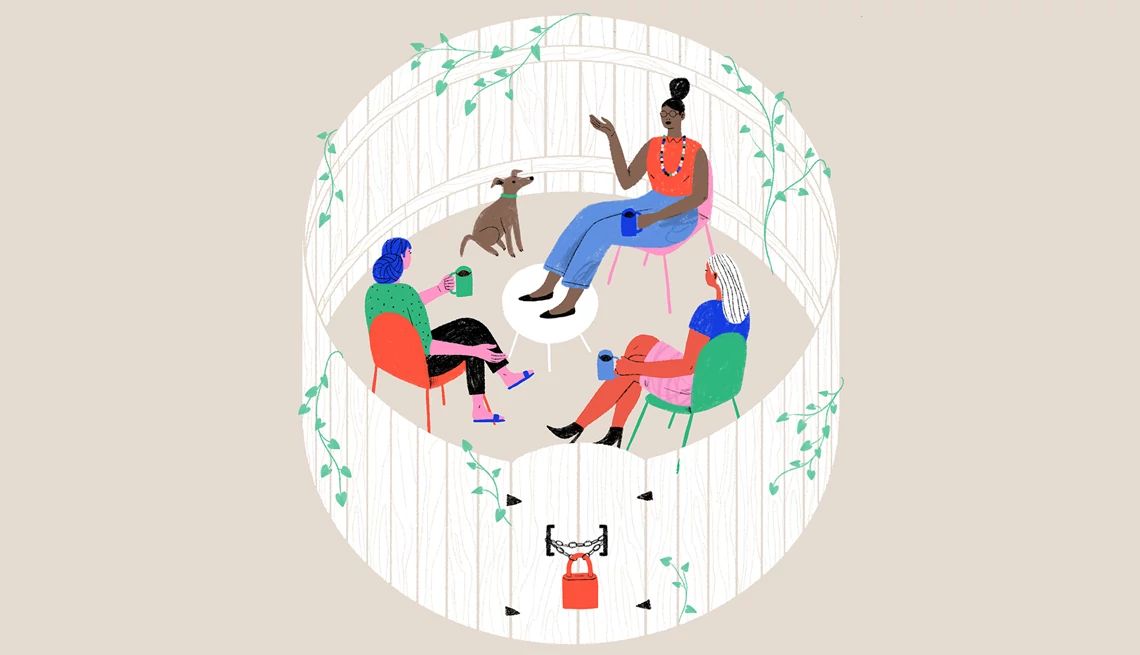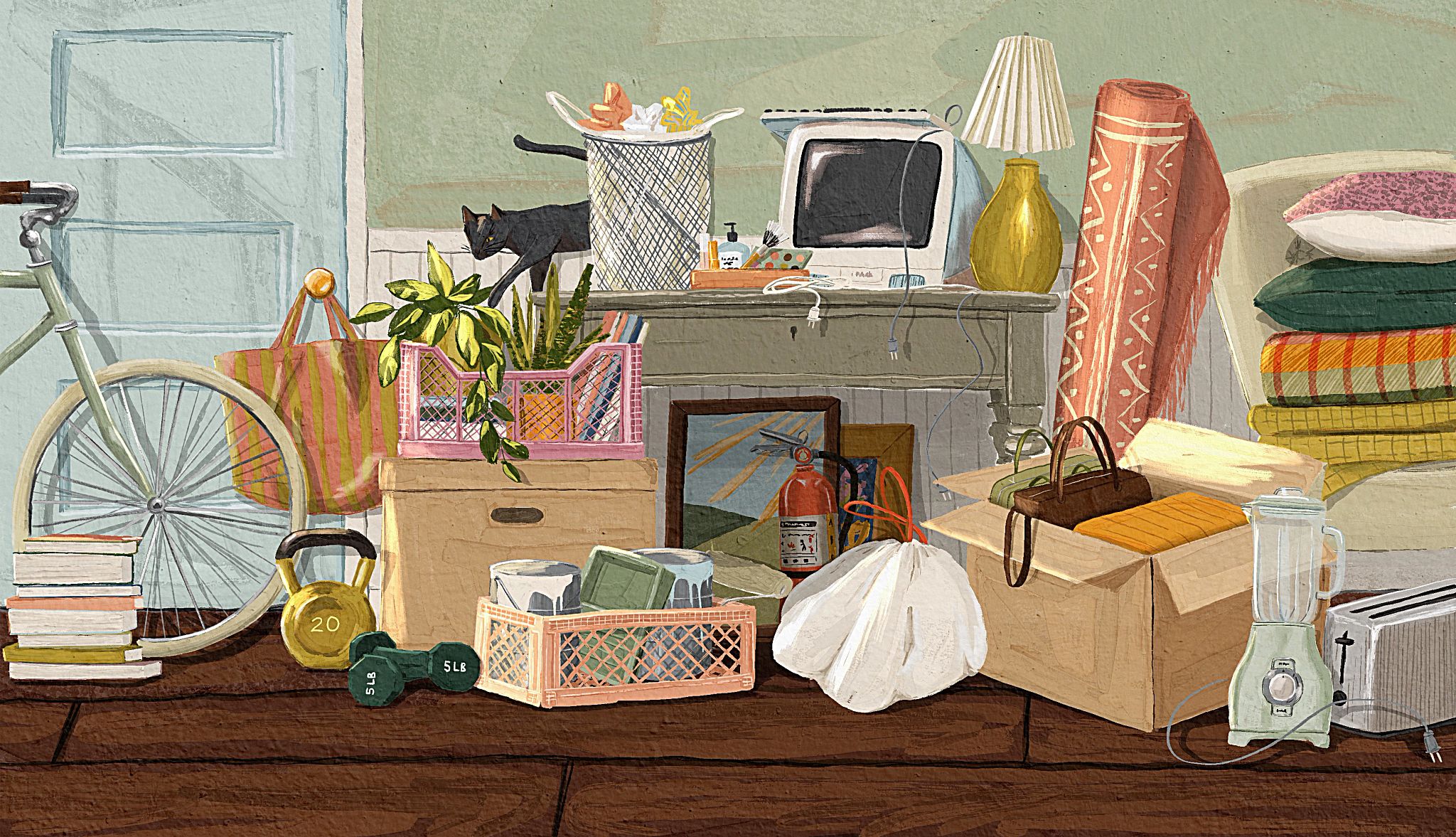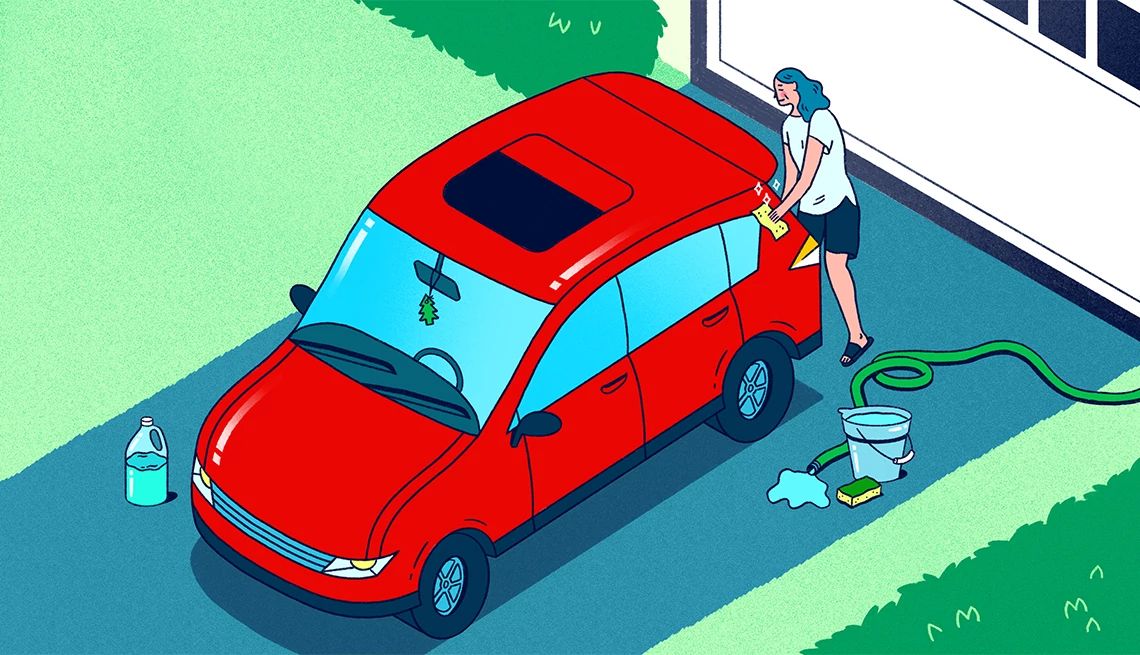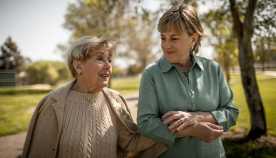AARP Hearing Center
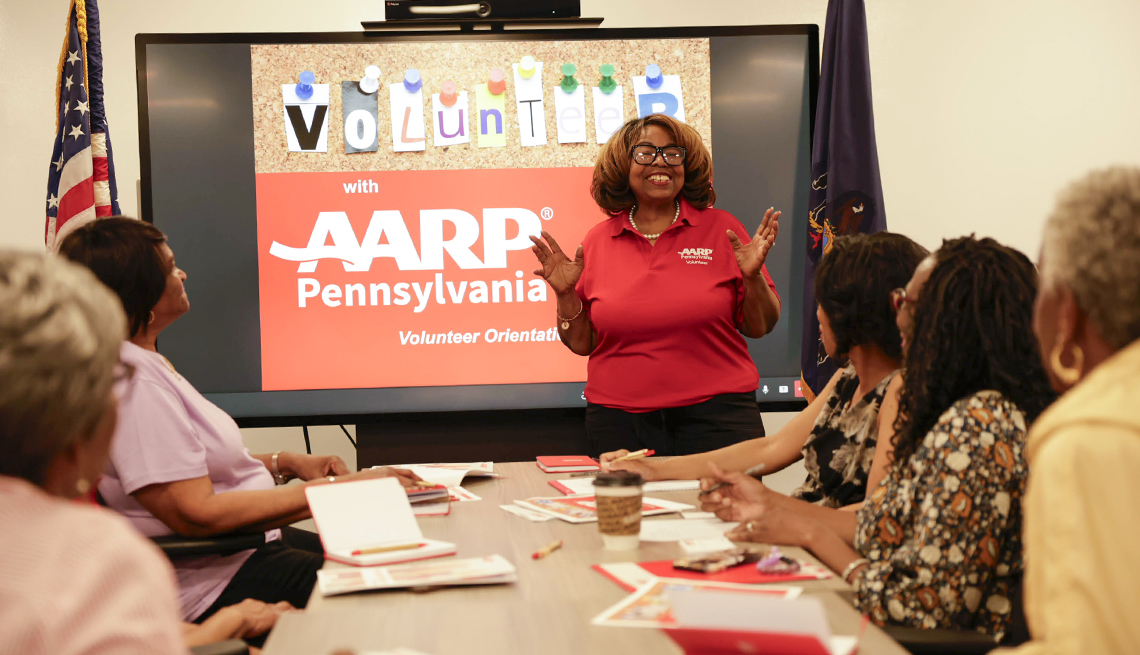
Valda Branison’s caregiver journey began three decades ago after her mother had a stroke and then intensified when her father’s health began to decline.
But it didn’t end after her parents died in 2003. Since 2017, Branison, an AARP volunteer from Philadelphia, has been caring for her aunt, who turned 102 in May. The journey would have been less overwhelming, Branison says, if there had been one place to find the resources and solutions she needed to care for her loved ones.
Now there is. In May, during Older Americans Month, the Pennsylvania Department of Aging launched a new online caregiver toolkit — PA CareKit. It’s a comprehensive guide to help the state’s caregivers navigate the often-complex web of programs and services available to those tending to a loved one.
In developing the website, the state relied on input from surveys, listening sessions and advocacy groups, including AARP Pennsylvania.
Branison, a former educator who now does social services consulting, says that if she’d had such a tool back when she began caregiving, “It probably would have saved me a lot of time.”
“It was really on me to have to come up with the solution ... [for] everything,” from taking her parents to doctors’ appointments to cooking for them, she adds.
The new resource was a key action item in Pennsylvania’s 10-year strategic plan for aging, called Aging Our Way, PA: A Plan for Lifelong Independence. The plan was released in May 2024 to serve as a roadmap for officials and advocates as they work to meet the needs of the state’s older population.
By 2030, one in three Pennsylvanians will be 60 years and older, according to state projections, up from one in four currently.
Gabrielle Szymanski, who is overseeing implementation of Aging Our Way, PA for the state Department of Aging, says addressing the needs of the state’s unpaid caregivers bubbled up as a top priority to achieve in the plan’s first year.
Caregivers are “truly the backbone of a lot of our long-term services and supports,” Szymanski says. “We rely on them so much that they should be able to rely back on us.”
Pennsylvania has nearly 1.5 million unpaid family caregivers, according to an AARP analysis of 2021 data. That year, those caregivers provided about 1.4 billion hours of unpaid labor, valued at $22 billion.
Caregivers do everything from bathing and cooking for loved ones to taking them to doctor’s appointments and helping them manage medications. It can exact an emotional and financial toll.
“We heard from Pennsylvanians for years ... that they’re struggling with raising their families, keeping their jobs and caring for loved ones as they age,” says Teresa Osborne, AARP Pennsylvania’s advocacy director.
PA CareKit can help reduce some of that stress, especially for those who find themselves in the role of caregiver unexpectedly due to an accident or sudden illness, Osborne says.
“Folks don’t want to have to be calling all over the place just to try and find the help and support that they need,” she says.
PA Carekit is organized into three big buckets:
- Information for new caregivers on where to begin and for seasoned caregivers who need a fresh start.
- Resources available to help meet the demands of caregiving, including tending to veterans and people living with dementia.
- Resources to help caregivers care for themselves.
The toolkit also aims to help caregivers prepare for the various stages of caregiving, from meeting daily needs to coping with financial demands to estate and end-of-life planning, says Nathan Lampenfeld, the state’s team lead and architect of the caregiver toolkit.
He and others worked to ensure it would relate to the different kinds of unpaid caregiving. There are older adults caring for spouses and older adults caring for children with disabilities. There are grandparents raising grandchildren and grandchildren caring for grandparents. There are neighbors caring for neighbors and friends caring for friends and long-distance caregivers.
“We know there are some ... fundamental things they [all] need,” Lampenfeld says. “They need information that’s clear and understandable. They need to be able to take care of themselves.... They need to be empowered to do their job.”
Branison is heartened that the toolkit has a section dedicated to self-care. She is thankful to have been able to care for her parents and now her aunt — but caregiving can be draining, she says.
Branison moved into her parents’ home to help care for her mother, who developed dementia following her stroke. She ended up staying about five years, seeing to the needs of both her parents.
“It was a lot of stress, and to be honest with you, I think at some point I might have even [gone] through some form of depression,” she says. Even though she was doing the best she could, she still felt guilty and worried that “my best a lot of times really wasn’t enough.”
Branison says the feeling of being overwhelmed is common among caregivers. “If you’re a caregiver, you know what it means to be burned out,” she says.
Ann Hardie spent a decade covering aging issues for The Atlanta Journal-Constitution. She has written for the Bulletin for 16 years.
- What Caregivers Should Know About End-of-Life Rallies
- The Challenges and Joys of Caregiving for a Grown Child with a Disability
- How to Be a Caregiver for Someone With Dementia




